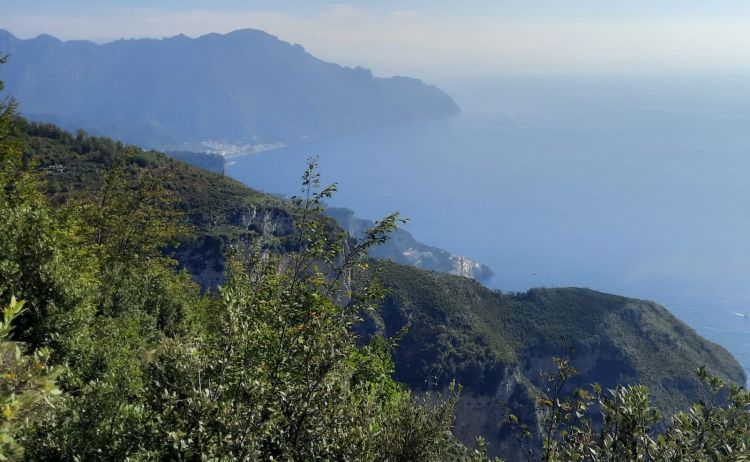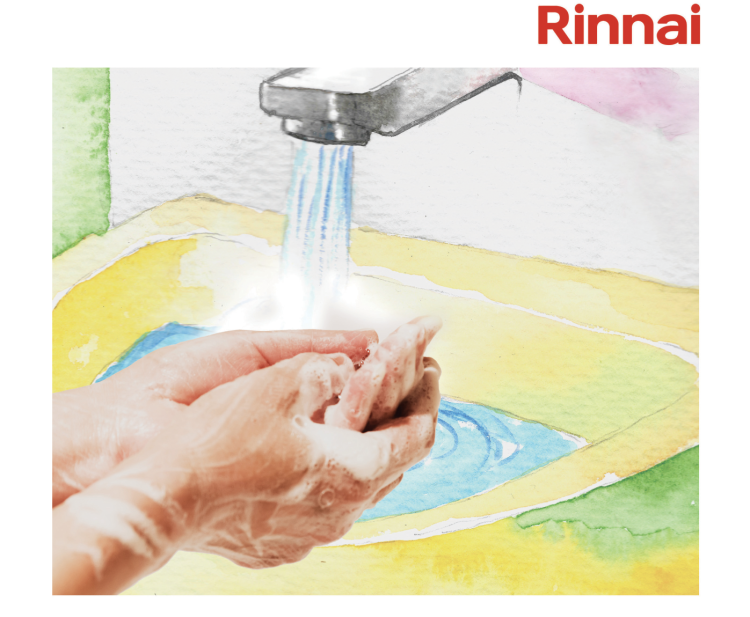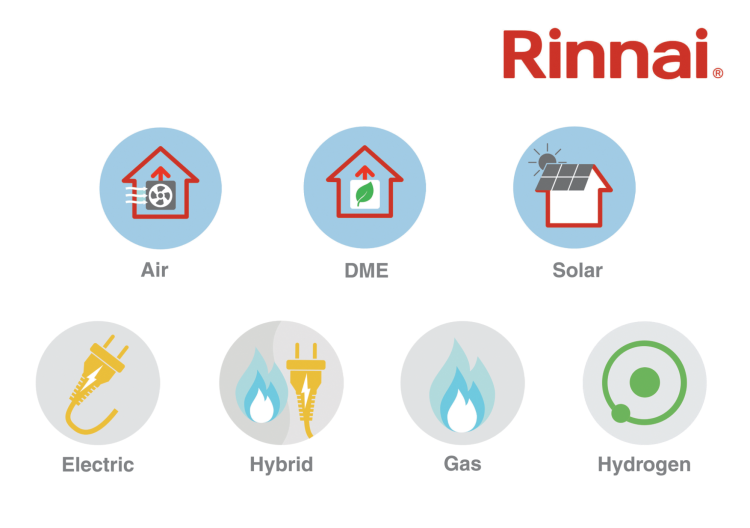28 July 2021
Sourced from pure carbon, Graphene is the strongest material now known to science. It's now being used to make carbon-absorbing paint for the built environment.
What is Graphene?
Graphene was discovered in 2004 by two Nobel Prize winners at Manchester University. It is a highly inert, innocuous, non-toxic pure carbon.
Graphenstone is now commercially available in the UK, and can be purchased in over 1,000 colours for both indoor and outdoor new build or restoration projects.
Director of The Graphene Company, Patrick Folkes, said, “I have been inspired by the excitement about graphene as a wonder material, but Graphenstone’s paints, coverings and materials are one of the first applications of graphene to be fully project-proven at scale around the world and supported by numerous certifications backing up their claims. Bringing Graphenstone to the UK will contribute to more sustainable and healthier environments as well as offering an efficient and valuable point of difference to decoration, renovation, architectural design and building projects.”
Graphene’s inclusion in paints, coatings and other building materials exponentially enhances hardness, durability, compression, tensile strength, elasticity and coverage. It reduces the weight of materials and delivers significant savings in materials consumption, maintenance, manpower and costs.
How Does Carbon-Absorbing Paint Work?
Essentially, this paint absorbs carbon dioxide over the paint's lifetime. Each square metre of Graphenstone paint absorbs 120 grams of CO2 from the local environment where it’s applied.
Graphene fibres form a transparent nanolevel mesh within the paint. These fibres are 200 times stronger than structural steel, and deliver a strong and flexible frame.
Graphenstone paints are derived from raw natural mineral limestone (calcium carbonate) combined with water to make calcium hydroxide. It's this calcium hydroxide that absorbs CO2 as it cures. As it cures, it returns to calcium carbonate with the same inert properties of raw natural mineral limestone.
What are the Benefits of Carbon-Absorbing Paint?
- The graphene in the paint eases application, which delivers two 8m2 coats of paint per litre on average, reducing maintenance and labour, as well as speeding time-to-completion of projects.
- As graphene is a conductive material, the paint improves the thermal regulation of buildings, saving energy by requiring less heating and air conditioning.
- The materials have been engineered so they are free from volatile organic compounds (VOC), formaldehyde, heavy metals, toxic substances, carcinogens and harmful agents such as biocides or plasticizers. This makes Graphenstone ideal for people who may suffer from intolerance to chemicals in paint.
- The porous nature of Graphenstone’s lime and graphene-infused coatings ensures that walls can still breathe. This improves air quality, reduces room humidity, acts against moisture collection and condensation, and contributes to safe and healthy environments.
- Microorganisms and microbial growth of bacteria and fungi are deterred from rooms where Graphenstone paints are applied due to the high alkaline pH of the lime and the paints’ ventilating properties. Indoor odours, as well as biological and chemical pollutants are diffused, and allergens are reduced.
- The low odour and non-harmful characteristics of Graphenstone paint mean that rooms can be occupied within a few hours of application.
Where Has it Been Used?
The facade of the Antonio García Sports Pavilion in Seville, Spain has been renovated with Graphenstone products. This project used AmbientPro+, a photocatalytic paint capable of capturing harmful particles and breaking them down thanks to the impact of light

Picture: a photograph of the exterior of the Antonio García Sports Pavilion. Image Credit: Graphenstone
OsteoStrong's main centre in Australia has been redecorated using Graphenstone products, providing a health-promoting environment and greater comfort in the space provided. In addition to the OsteoStrong centres in Australia, the company has committed to continue to use Graphenstone products to renovate its facilities worldwide.

Picture: a photograph of the interior of OsteoStrong's facility. Image Credit: Graphenstone
A 22 meter-wide mural of a whale can be seen on the playground wall of St. George's Primary School in Battersea, London. The school chose Graphenstone CO2 absorbing paint for the mural, and as the wall is so large, its absorbency calculates to approx 30 kg of CO2.

Picture: a photograph of the whale mural in Battersea. Image Credit: Graphenstone
Main Picture: a photograph of several paint tins
Article written by Ella Tansley | Published 28 July 2021
Share
Related Articles
The Future of Carbon-Absorbing Paint – Q&A With Patrick Folkes | Graphenstone UK
Graphenstone is the most sustainably certified paint brand in the world. We spoke to Patrick Folkes, the hedge fund and smoothie entrepreneur who has brought the...
Read Full Article
Global Recycling Day 2022 in FM
This year's Global Recycling Day took place on 18 March and celebrated the "recycling fraternity", those who put themselves on the frontline to...
Read Full Article
Sodexo Launches 2021 Social Impact Pledge
Sodexo UK & Ireland has announced its commitment to a series of pledges forming its ethical manifesto for leading the way to improve quality of life for society and...
Read Full Article
UhUb Partners with Planet Mark
UhUb, the provider of Education Technology for the cleaning sector, has partnered with Planet Mark, a sustainability certification for every type of...
Read Full Article
Net Zero Week – The Carbon Battle Continues
Its Net Zero week in the UK, highlighting the ever-increasing urgency to reach climate-conscious targets surrounding the carbon footprints of our organisations and...
Read Full Article
Festival of Sustainable Business 2022 – Mini Highlights Reel
ThisWeekinFM attended Bristol’s Paintworks for The Festival of Sustainable Business 2022, finding out about different approaches that can future-proof our...
Read Full Article
Mace Appoints Low Carbon Structural Engineer
Mace, the global consultancy and construction company, has appointed its first low carbon structural engineer, Jessica Lovell, to lead the organisation’s client...
Read Full Article
BM Celebrates Planet Mark Accreditation for Third Year
BM has been awarded Planet Mark accreditation for a third successive year after it achieved a 26 per cent absolute carbon reduction, and committed to a further five...
Read Full Article
CSR Excellence – Buying Better in FM
Katrina Hazell, Sustainability Manager at ABM, reveals how she is helping customers take small and consistent steps in their sustainability journey.
Katrina is a...
Read Full Article
Big Energy Saving Week 2022
Big Energy Saving Week, January 17-23, is the perfect opportunity for businesses to kick-start their energy efficiency plans for 2022 on the road to net-zero.
COP26 in...
Read Full Article

.gif)


.gif)
.gif)










.png)

